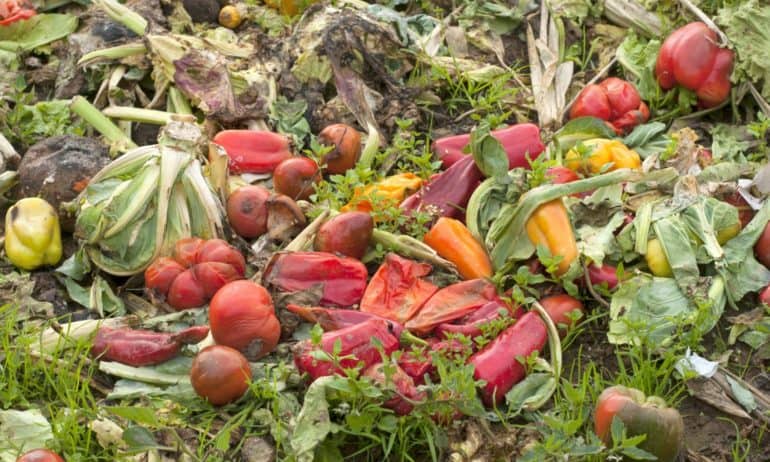 |
| Food Waste |
“America throws out more than 400 pounds of food per person per year,” the report finds. “And when that food is wasted, so are the resources that go into producing it, including 21 percent of freshwater used by the U.S. agricultural industry. Wasted food also generates climate change pollution equivalent to 37 million cars per year.”
The second edition of Wasted seeks to answer two questions: “What are the leading drivers of wasted food across the different stages of the supply chain?” and “What can we do about it?”
The report cites newly published studies, which provide updated statistics on the environmental, economic, and social impacts of food waste. A key finding reveals that consumers are the largest generators of food waste, followed by restaurants and other food service institutions, then farms and supermarkets. Other statistics reveal that wasted food consumes the equivalent of 18 percent of fertilizer used in the United States, and 19 percent of U.S. cropland—an area the size of New Mexico—is used to grow food that is ultimately not eaten.
Across the food chain, seafood has the highest rate of loss, followed by fresh fruits and vegetables. According to the report, redirecting just one-third of the country’s food waste would be enough to feed the 42 million Americans facing food insecurity.
Wasted also analyzes areas of progress at the government, business, and consumer levels in the last five years. It demonstrates how national and corporate goals and bodies have been established, such as the federal targets to cut waste by 50 percent by 2030, and the Consumer Goods Forum, comprised of more than 400 retailers and manufacturers committed to cutting their food waste in half by 2025. Consumer awareness is also growing, with major news and business outlets increasing their coverage of food waste by more than 200 percent since 2011.
The report concludes with recommendations on how to continue this progress, pointing to several areas in which greater efforts are required to ensure a more efficient food system. It calls for more comprehensive data across the entire food chain, to better understand how much food is being wasted and where additional improvements can be made, and a concrete implementation plan to achieve the federal targets. It also calls for further policy changes to prevent food waste—such as food date labeling legislation—and improved technological solutions that could reduce inefficiencies that lead to wasted food.
Wasted highlights how everyone—federal and state legislators, food processors, retailers, restaurant owners, and consumers—can take meaningful steps to change wasteful habits and save food, money, water, energy, and land from going to waste. The full report can be accessed here.









No comments:
Post a Comment